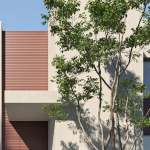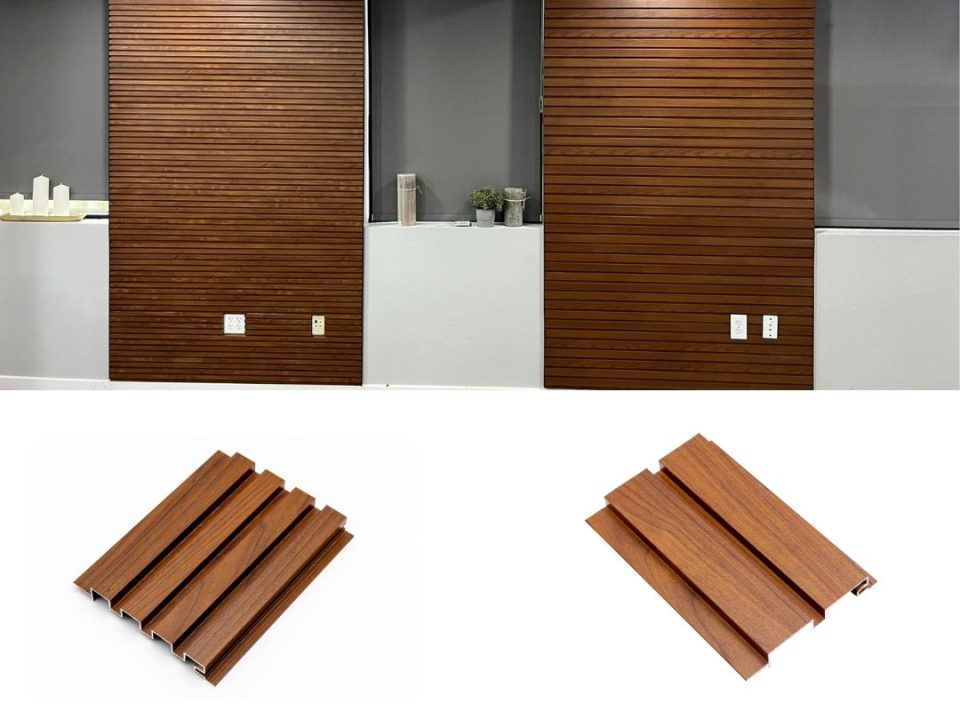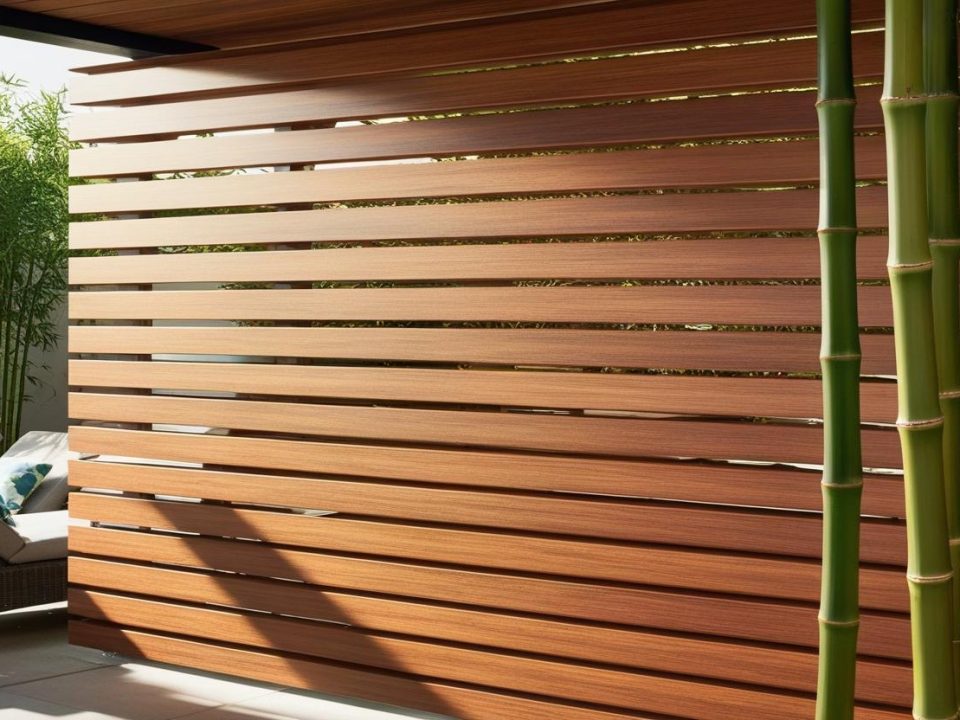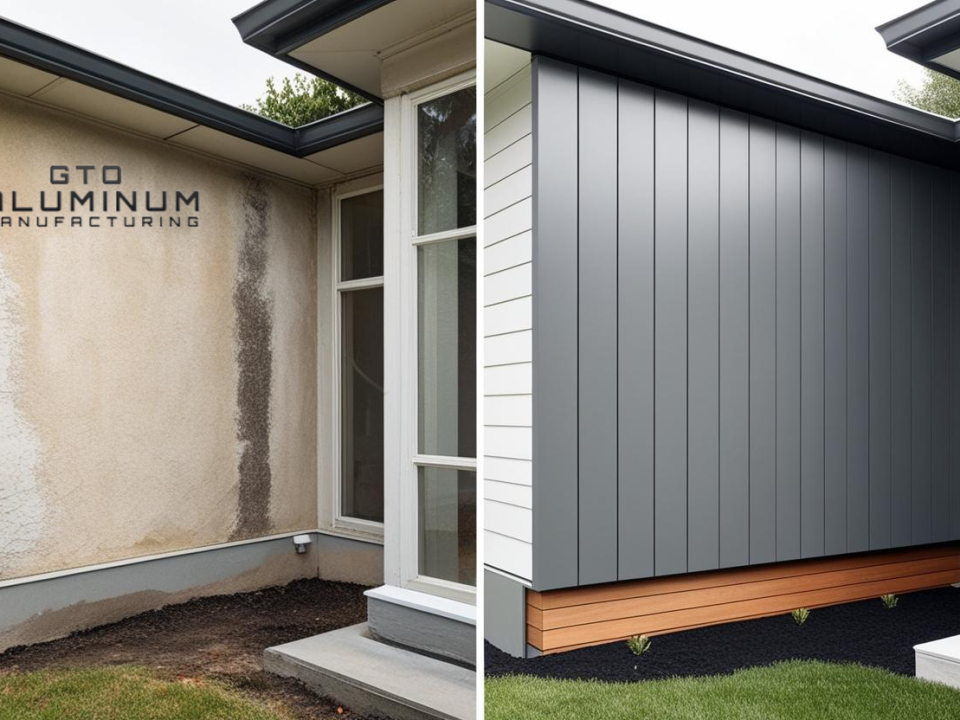
What grade of aluminum is used for cladding?

Top Aluminum Cladding Solutions for Coastal Environments in 2024

Today, let’s explore two popular materials in the world of architectural design: steel and aluminum cladding.
Both materials offer unique benefits and aesthetics to buildings, but they also have distinct differences.
Whether you’re a seasoned architect, a budding designer, or a curious homeowner, understanding these differences can help you make informed decisions for your next project. Let’s dive in!
Introduction
Metal cladding is a popular choice for modern construction projects due to its durability, versatility, and aesthetic appeal.
It involves covering building exteriors with layers of metal to protect against the elements and enhance visual appeal.
Both steel and aluminum are commonly used materials in cladding sheets, each bringing its own set of advantages to the table.
Understanding the basics of metal cladding is essential before delving into the specifics of steel and aluminum.
This knowledge will set the foundation for a deeper understanding of why and how these materials are used in construction projects worldwide.
Steel Cladding: Strength and Industrial Aesthetics
Steel cladding is known for its exceptional strength and durability. It’s a heavier material than aluminum, which contributes to its robustness and ability to withstand severe weather conditions.
Steel is an excellent choice for industrial and commercial buildings where structural integrity is a top priority.
The aesthetic appeal of steel cladding is distinctly industrial, offering a bold and raw look that is particularly popular in modern and minimalist architectural styles.
It can be treated or painted to prevent rust and corrosion, which adds to its longevity and maintains its striking appearance over time.
Aluminum Cladding: Lightweight and Corrosion-Resistant
In contrast, aluminum cladding stands out for its lightweight nature and resistance to corrosion.
This makes it easier to install and a preferred choice for a wide range of architectural designs.
Its lightweight doesn’t compromise its durability, as aluminum can withstand exposure to harsh weather without deteriorating.
Aluminum cladding offers a sleek and contemporary look, with a wide range of finishes and colors available.
It’s particularly favored for residential and commercial buildings seeking a modern aesthetic.
Plus, its resistance to corrosion means it maintains its appearance for years with minimal maintenance.
Comparing Weight and Structural Impact
One of the most significant differences between steel and aluminum cladding is their weight.
Aluminum is much lighter than steel, which can influence the overall design and structural requirements of a building.
The lighter weight of aluminum makes it easier to handle and can reduce the load on the building’s structure, potentially lowering construction costs.
On the other hand, the heaviness of steel adds to its strength and impact resistance, making it suitable for buildings in areas prone to severe weather or those requiring additional structural support.
However, this added weight requires stronger support structures, which can increase the complexity and cost of construction.
Maintenance and Longevity
Maintenance is a crucial factor in choosing between steel and aluminum cladding.
Steel cladding, particularly if not properly treated, can be susceptible to rust and corrosion, requiring more frequent maintenance and care.
Regular inspections and treatments such as painting or galvanizing are needed to maintain its condition and appearance.
Aluminum cladding, meanwhile, boasts a natural corrosion resistance, which significantly reduces its maintenance needs.
It retains its appearance and integrity over a longer period, making it a cost-effective option in the long run, especially in coastal or harsh weather environments.
Thermal Performance and Insulation
When it comes to thermal performance, both materials have distinct properties.
Steel conducts heat more than aluminum, which can lead to higher energy costs unless properly insulated.
This makes steel cladding less ideal for buildings where energy efficiency is a priority.
Aluminum, while also a conductor, has a slightly better insulation performance compared to steel.
Additionally, innovations in aluminum cladding systems, including thermal breaks and enhanced insulation layers, have improved its energy efficiency, making it a more suitable option for green building projects.
Aesthetic Options and Flexibility
Aesthetically, both steel and aluminum cladding offer a wide range of options. However, aluminum tends to provide greater flexibility in terms of finishes and colors.
It can be anodized, painted, or textured to fit virtually any architectural style or preference.
Steel, while somewhat more limited in color and finish options, offers a unique industrial look that is highly valued in certain architectural circles.
Its natural patina over time can also add character and depth to buildings, which is a sought-after effect in some designs.
Environmental Considerations
The environmental impact of construction materials is increasingly important.
Steel is highly recyclable and often contains a significant percentage of recycled material.
However, its production is energy-intensive and has a higher carbon footprint.
Aluminum is also highly recyclable and requires less energy to produce from recycled materials, leading to a lower environmental impact.
Its lightweight nature reduces transportation emissions, and its durability ensures a longer lifespan with less need for replacement or maintenance.
Cost Comparison
Cost is always a crucial consideration. Initially, aluminum cladding can be more expensive than steel due to its manufacturing processes and finishes.
However, when factoring in lifetime maintenance costs, energy efficiency, and durability, aluminum can be a more cost-effective option in the long term.
Steel cladding may offer initial cost savings, especially for larger industrial projects, but potential maintenance and energy costs should be considered for an accurate long-term comparison.
Innovative Trends in Cladding
The world of metal cladding is constantly evolving, with new technologies and trends shaping the future of both steel and aluminum cladding.
From integrated solar panels to dynamic color-changing finishes, the possibilities are expanding, allowing architects and designers to push the boundaries of traditional cladding.
Staying informed about these innovations can inspire unique and sustainable designs, whether you choose steel or aluminum as your primary material.
Conclusion
Deciding between steel and aluminum cladding is a significant choice that impacts the aesthetics, functionality, and sustainability of your building.
At GTO Aluminum, we specialize in premium aluminum cladding solutions that combine aesthetic appeal with outstanding performance.
Our team is dedicated to providing you with the best aluminum cladding options tailored to your project’s specific needs.
From energy-efficient designs to a wide array of finishes and colors, we ensure your building stands out for all the right reasons.
With GTO Aluminum, you can count on expert advice, superior materials, and a commitment to sustainability.
Choose GTO Aluminum for your next project and experience the perfect blend of form, function, and environmental responsibility.
Contact us today to explore how our aluminum cladding can transform your architectural vision into reality.





